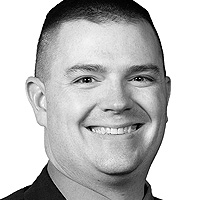Presented by Pine Cove Consulting & Ruckus
In today’s digitally interconnected world, networks play a critical role in ensuring seamless communication and data transfer. However, network performance and reliability can often be challenging to maintain. Each year, we see an increased number of devices added to our networks along with more use of high-bandwidth applications. IT teams often lack the tools to ensure required network service levels in an environment of ever-increasing user connectivity demands and network complexity. This presentation aims to explore the potential of artificial intelligence (AI) and machine learning (ML) techniques in overcoming these challenges.
The presentation will delve into various strategies and technologies that can help organizations improve their network performance. We will discuss proactive approaches to troubleshoot network issues before they escalate, saving valuable time and resources. By leveraging AI-powered tools and techniques, attendees will learn how to gain quick yet in-depth insights into their network’s health, enabling them to identify and resolve potential bottlenecks efficiently.
This presentation will also emphasize the importance of customized data reports in network management. Attendees will discover how AI and ML tools can process vast amounts of network data, providing valuable information tailored to their specific needs. This capability allows network administrators to make informed decisions and optimize network performance based on relevant metrics and key performance indicators.
Additionally, cloud radio resource management (CRRM) will be explored to address co-channel interference—a common problem in wireless networks. We will shed light on how CRRM leverages AI and ML to intelligently allocate and manage radio resources via algorithms, mitigating interference and enhancing overall network performance. Attendees will gain insights into the benefits of this approach and its potential to revolutionize wireless network operations.
Overall, this presentation aims to empower network administrators and professionals with the knowledge and tools to transform their networks using AI and ML. By embracing these cutting-edge technologies, organizations can enhance network performance, ensure better reliability, and streamline their operations in the ever-evolving landscape of modern networking.

